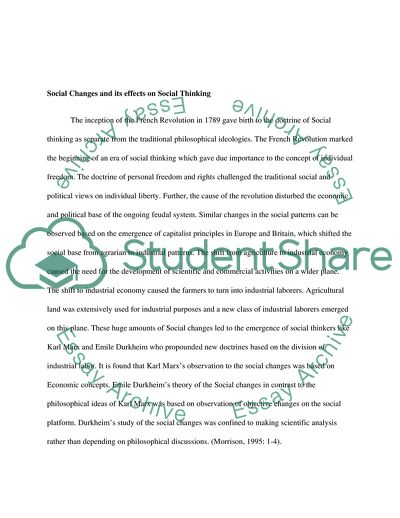Cite this document
(With What Is the Modern Division of Labor Associated Coursework, n.d.)
With What Is the Modern Division of Labor Associated Coursework. Retrieved from https://studentshare.org/social-science/1743666-is-the-modern-division-of-labour-associated-with-class-exploitation-and-division-as-karl-marx-claims-or-with-a-new-form-of-social-solidarity-as-durkheim-claims-explain-and-justify-your-answer-providing-sociolgical-examples
With What Is the Modern Division of Labor Associated Coursework. Retrieved from https://studentshare.org/social-science/1743666-is-the-modern-division-of-labour-associated-with-class-exploitation-and-division-as-karl-marx-claims-or-with-a-new-form-of-social-solidarity-as-durkheim-claims-explain-and-justify-your-answer-providing-sociolgical-examples
(With What Is the Modern Division of Labor Associated Coursework)
With What Is the Modern Division of Labor Associated Coursework. https://studentshare.org/social-science/1743666-is-the-modern-division-of-labour-associated-with-class-exploitation-and-division-as-karl-marx-claims-or-with-a-new-form-of-social-solidarity-as-durkheim-claims-explain-and-justify-your-answer-providing-sociolgical-examples.
With What Is the Modern Division of Labor Associated Coursework. https://studentshare.org/social-science/1743666-is-the-modern-division-of-labour-associated-with-class-exploitation-and-division-as-karl-marx-claims-or-with-a-new-form-of-social-solidarity-as-durkheim-claims-explain-and-justify-your-answer-providing-sociolgical-examples.
“With What Is the Modern Division of Labor Associated Coursework”. https://studentshare.org/social-science/1743666-is-the-modern-division-of-labour-associated-with-class-exploitation-and-division-as-karl-marx-claims-or-with-a-new-form-of-social-solidarity-as-durkheim-claims-explain-and-justify-your-answer-providing-sociolgical-examples.


